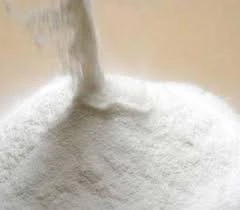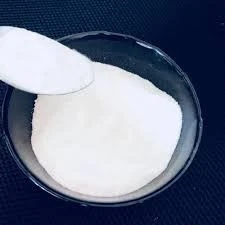
Feb . 10, 2025 10:22 Back to list
HPMC


Paints and Coatings The role of HEC in paints and coatings is well-documented; it functions as a thickener and stabilizer, ensuring good consistency, film formation, and color development. HEC aids in improving the suspension of pigments, resulting in a homogenized appearance and excellent application performance. HPMC, although not universally used in paints, is often integrated into specialty coatings that require specific rheological properties or higher water retention. Food Industry In food applications, HPMC shines due to its non-ionic and non-toxic nature. It serves as a stabilizer, emulsifier, and thickening agent in various products. Its insulation properties allow it to offer a thermal gel in heated applications, making it indispensable for many food processes. HEC's role in the food industry is less pronounced, primarily due to its lower thermal gelation efficiency. Nevertheless, its hydrophilic nature can be advantageous in specific formulations requiring high moisture retention. Environmental Impact and Sustainability A critical aspect affecting the choice between HPMC and HEC relates to sustainability. Both compounds are derived from renewable resources, yet they exhibit different degrees of environmental impact. HPMC is generally regarded as being more biodegradable, enhancing its appeal in environmentally conscious applications. HEC, on the other hand, is stable in various environments but requires careful handling to mitigate environmental impacts. Conclusion The choice between HPMC and HEC largely depends on the specific requirements of the industry and application at hand. HPMC is favored in pharmaceutical, construction, and food industries for its controlled release, film-forming, and thermal gelation properties. HEC excels in paints and coatings due to its thickening ability and consistent performance. Selecting the appropriate compound requires an in-depth understanding of each product’s unique properties, economic feasibility, and environmental considerations. By assessing these factors, manufacturers can leverage HPMC and HEC's specific advantages, ensuring optimal performance in their products.
-
Unlocking the Benefits of HPMC Products: A Gateway to Versatile Applications
NewsAug.07,2025
-
Unleashing the Potential of HPMC Ashland: A Comprehensive Look
NewsAug.07,2025
-
Tile Bonding Cellulose: The Key to Superior Adhesion and Durability
NewsAug.07,2025
-
Hydroxypropyl Methylcellulose Powder: The Versatile Component in Modern Pharmaceuticals
NewsAug.07,2025
-
Hydroxyethyl Cellulose: The Versatile Solution for Various Industries
NewsAug.07,2025
-
Hydroxyethyl Cellulose (HEC): The Versatile Polymer for Various Applications
NewsAug.07,2025







